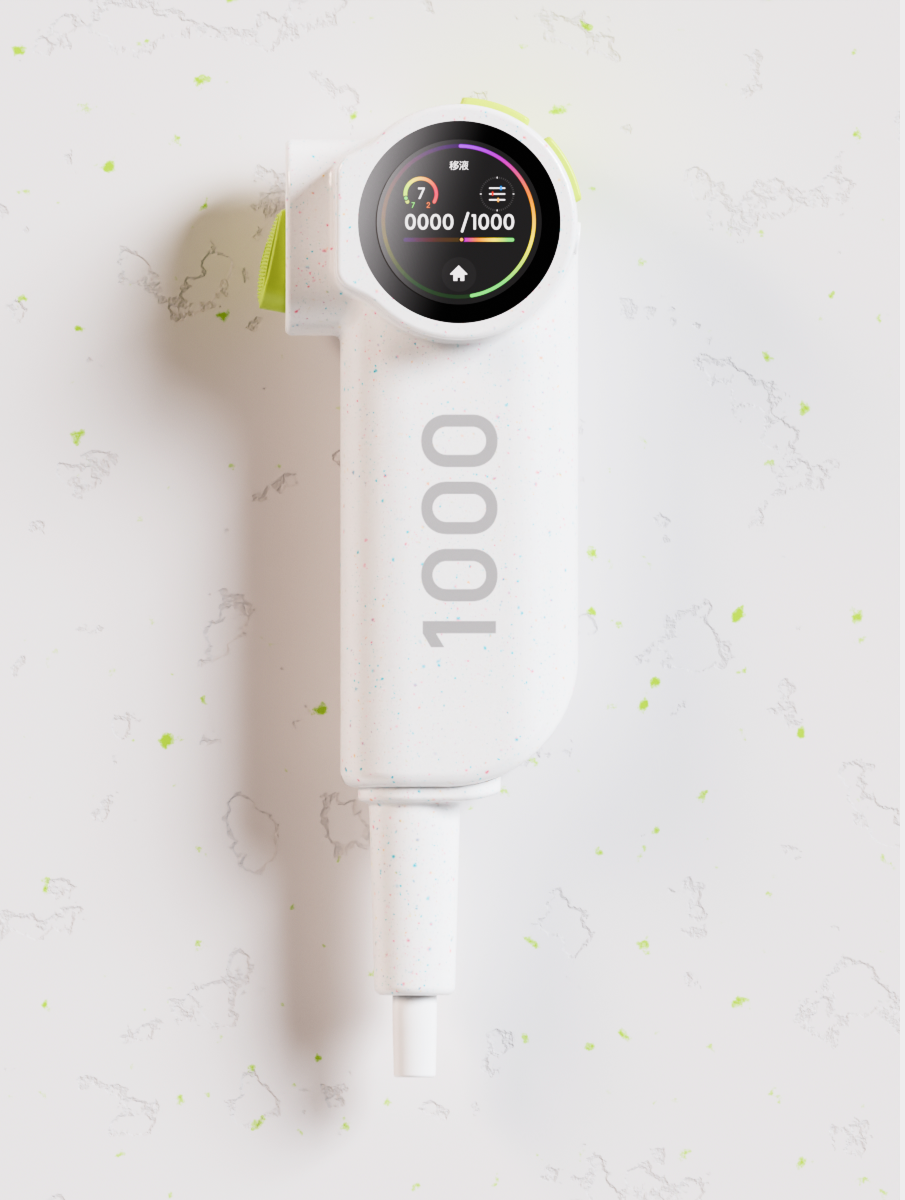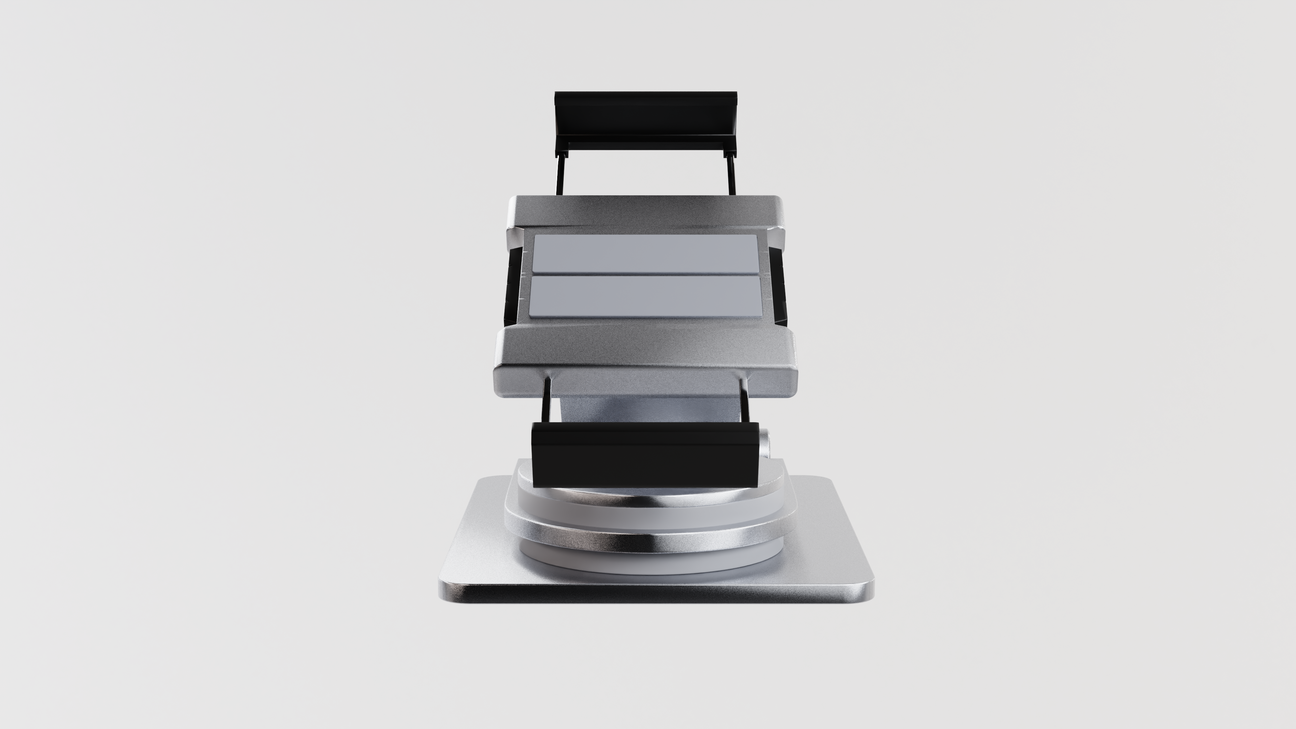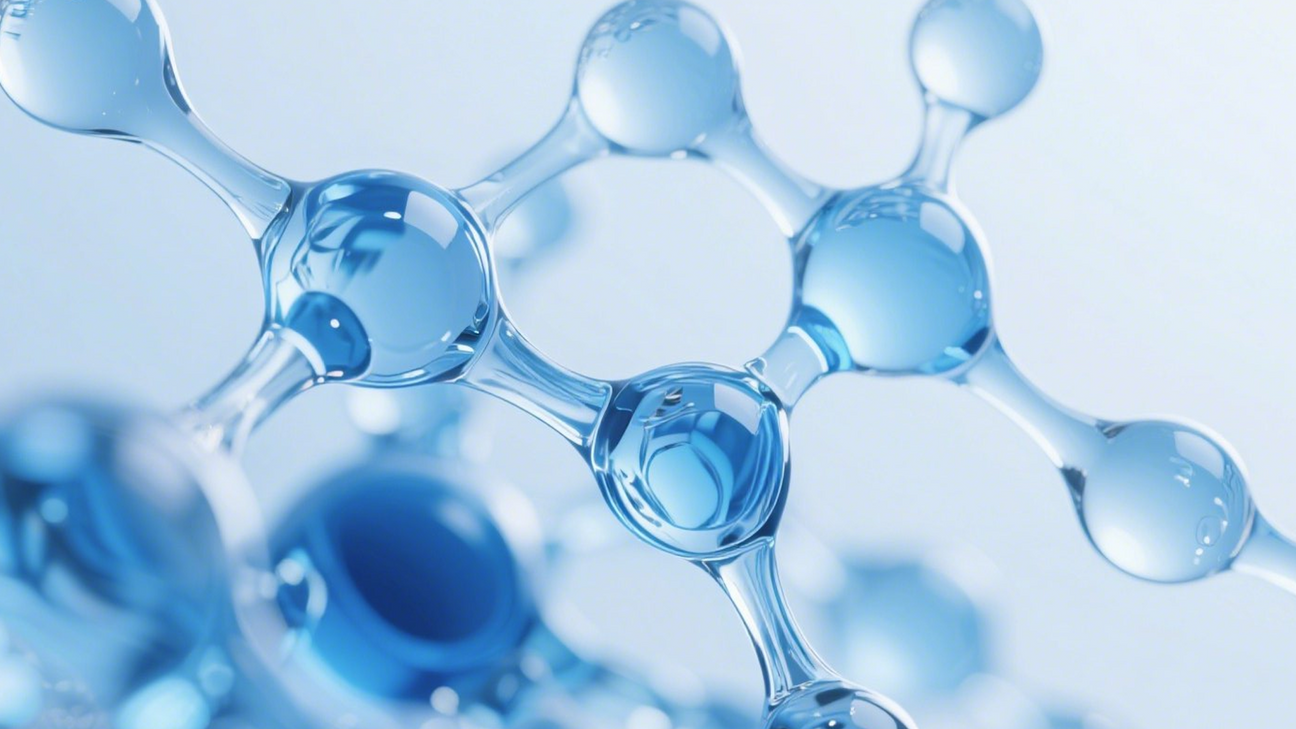Automatic calibration and regular calibration services are two different calibration methods that
When it comes to maintaining the accuracy and reliability of your equipment, calibration is key. But what is the difference between automatic calibration and regular calibration services? Let's dive into the relationship between these two crucial processes.
What is Automatic Calibration?
Automatic calibration is a process where a device calibrates itself without the need for human intervention. This type of calibration is often built into the equipment itself, allowing for quick and efficient adjustments to ensure accurate measurements. Automatic calibration is especially useful in industries where precision is paramount, such as aerospace and healthcare.
What are Regular Calibration Services?
Regular calibration services, on the other hand, involve sending your equipment to a calibration lab or technician on a scheduled basis. During this process, the equipment is adjusted and fine-tuned to meet specific standards and ensure accurate readings. Regular calibration services are essential for maintaining the integrity of your measurements over time.
How Do They Work Together?
While automatic calibration offers convenience and immediate adjustments, it is not a replacement for regular calibration services. Automatic calibration can help catch minor discrepancies in real-time, but regular calibration services provide a more thorough and comprehensive evaluation of your equipment's accuracy. By combining both automatic calibration and regular calibration services, you can ensure the highest level of precision and reliability.
Benefits of Automatic Calibration
Automatic calibration offers several benefits, including increased efficiency, reduced downtime, and real-time adjustments. This type of calibration is ideal for equipment that requires frequent monitoring and quick corrections to maintain accuracy. Industries that rely on fast-paced operations can greatly benefit from automatic calibration technology.
Benefits of Regular Calibration Services
Regular calibration services provide a more in-depth analysis of your equipment's performance and accuracy. By having your equipment calibrated by a professional on a regular basis, you can identify any potential issues before they affect your operations. This proactive approach can save you time and money in the long run by preventing costly errors and downtime.
Conclusion
In conclusion, both automatic calibration and regular calibration services play a crucial role in ensuring the accuracy and reliability of your equipment. While automatic calibration offers immediate adjustments, regular calibration services provide a more comprehensive evaluation of your equipment's performance. By incorporating both processes into your maintenance routine, you can achieve optimal precision and efficiency in your operations.

















